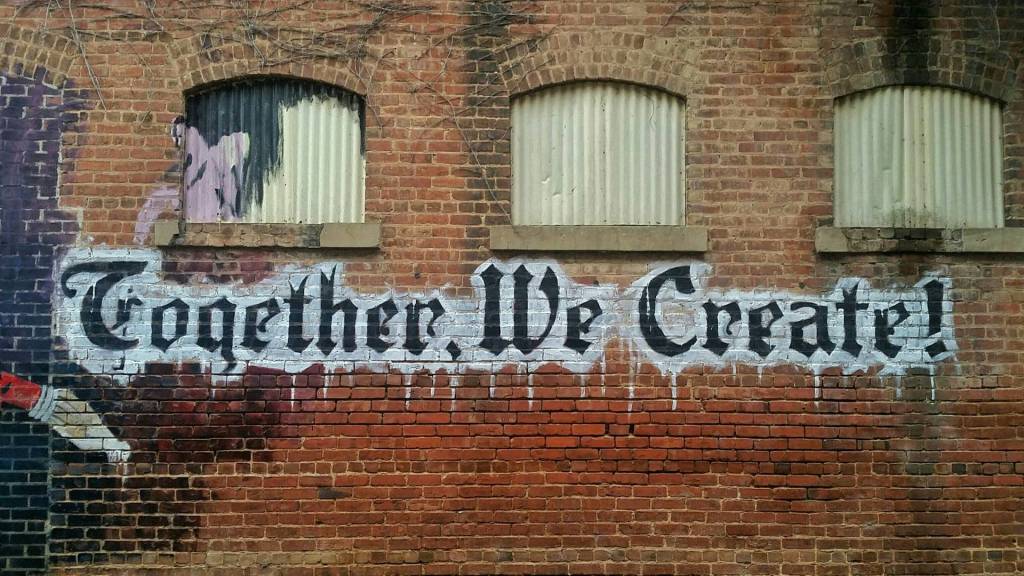 When choosing a career, whether initially or for a change, there are several basic factors to consider. I wince every time I hear someone say “Do what you love and you will never work another day in your life” or “Follow your passion” because I believe these sayings can cause people to make decisions without considering other, more analytical factors. But, it is true that some consideration of what I call the touchy-feely factors is reasonable. Ask yourself:
When choosing a career, whether initially or for a change, there are several basic factors to consider. I wince every time I hear someone say “Do what you love and you will never work another day in your life” or “Follow your passion” because I believe these sayings can cause people to make decisions without considering other, more analytical factors. But, it is true that some consideration of what I call the touchy-feely factors is reasonable. Ask yourself:
- How do the profession and industry match with my values?
- Will I feel I am contributing to the world I want to see?
- Will I be using my higher talents?
- Will the work itself be stimulating and motivating?
Once you have considered these qualitative factors, people like me will urge you to not forget some of these quantitative factors:
- Is it likely you will be able to earn an income to fit the lifestyle you desired?
- Is there sufficient demand now and likely to be sufficient demand in the future for the profession?
- Is the industry in an upswing or decline and what are the future prospects?
Yet another qualitative factor to consider is the location where you plan to work or run your business. Which brings me to the title of this post… How is your state doing in the unemployment category? Obviously, a city or state with low unemployment tends to offer more opportunity. That opportunity can spell the difference between a job and no job. It can spell the difference between having opportunities and having to hang on to a crummy job because there doesn’t seem to be anything better.
You can keep track of your state’s unemployment statistics in the monthly reports of the Bureau of Labor Statistics (BLS) in the U.S. Department of Labor. I could drone on and on about the misleading aspects of employment statistics, but I will spare you for now. I’m just going to share one number with you and then give you a list of how states are doing relative to unemployment. Here’s the number: 31.5. This is the average number of weeks that a person is unemployed as of September, 2014. That’s about 7+ months.
The BLS breaks down their monthly unemployment numbers by metropolitan area (MSA). This can be helpful because employment may vary widely between cities within your state. Perhaps a move not too far from home might improve your employment odds considerably.
Now (finally), here are the state rankings (with unemployment rates) from best to worst as of September, 2014:
1 NORTH DAKOTA 2.8 2 NEBRASKA 3.6 3 SOUTH DAKOTA 3.6 4 UTAH 3.6 5 VERMONT 4.1 6 HAWAII 4.3 7 MINNESOTA 4.3
8 NEW HAMPSHIRE 4.4 9 IOWA 4.5 10 WYOMING 4.6 11 IDAHO 4.7 12 MONTANA 4.7 13 OKLAHOMA 4.7 14 KANSAS 4.9
15 COLORADO 5.1 16 TEXAS 5.3 17 MAINE 5.6 18 VIRGINIA 5.6 19 WASHINGTON 5.6 20 WISCONSIN 5.6 21 OHIO 5.7
22 INDIANA 5.8 23 LOUISIANA 5.8 24 MASSACHUSETTS 5.8 25 PENNSYLVANIA 5.8 26 ARKANSAS 6.3 27 FLORIDA 6.3
28 MISSOURI 6.3 29 MARYLAND 6.4 30 NEW YORK 6.4 31 SOUTH CAROLINA 6.4 32 DELAWARE 6.5 33 CONNECTICUT 6.6
34 NEW JERSEY 6.6 35 WEST VIRGINIA 6.6 36 ILLINOIS 6.7 37 NEW MEXICO 6.7 38 ALASKA 6.8 39 NORTH CAROLINA 6.8
40 ALABAMA 6.9 41 ARIZONA 7.1 42 KENTUCKY 7.1 43 OREGON 7.2 44 CALIFORNIA 7.4 45 MICHIGAN 7.4 46 TENNESSEE 7.4
47 DISTRICT OF COLUMBIA 7.6 48 NEVADA 7.6 49 RHODE ISLAND 7.7 50 MISSISSIPPI 7.9 51 GEORGIA 8.1
I live in Atlanta, Georgia, the 9th most populous metropolitan area in the country. Our unemployment rate is only slightly better than that of the state at large and the state ranks dead last.
So, here’s my point: You need to consider geography in making your future career decisions. If the grass is greener in a neighboring state or in another city within your current state, you might want to think about it.












